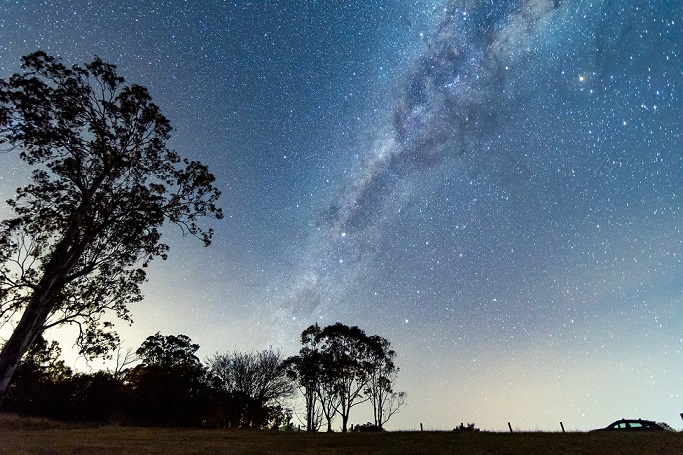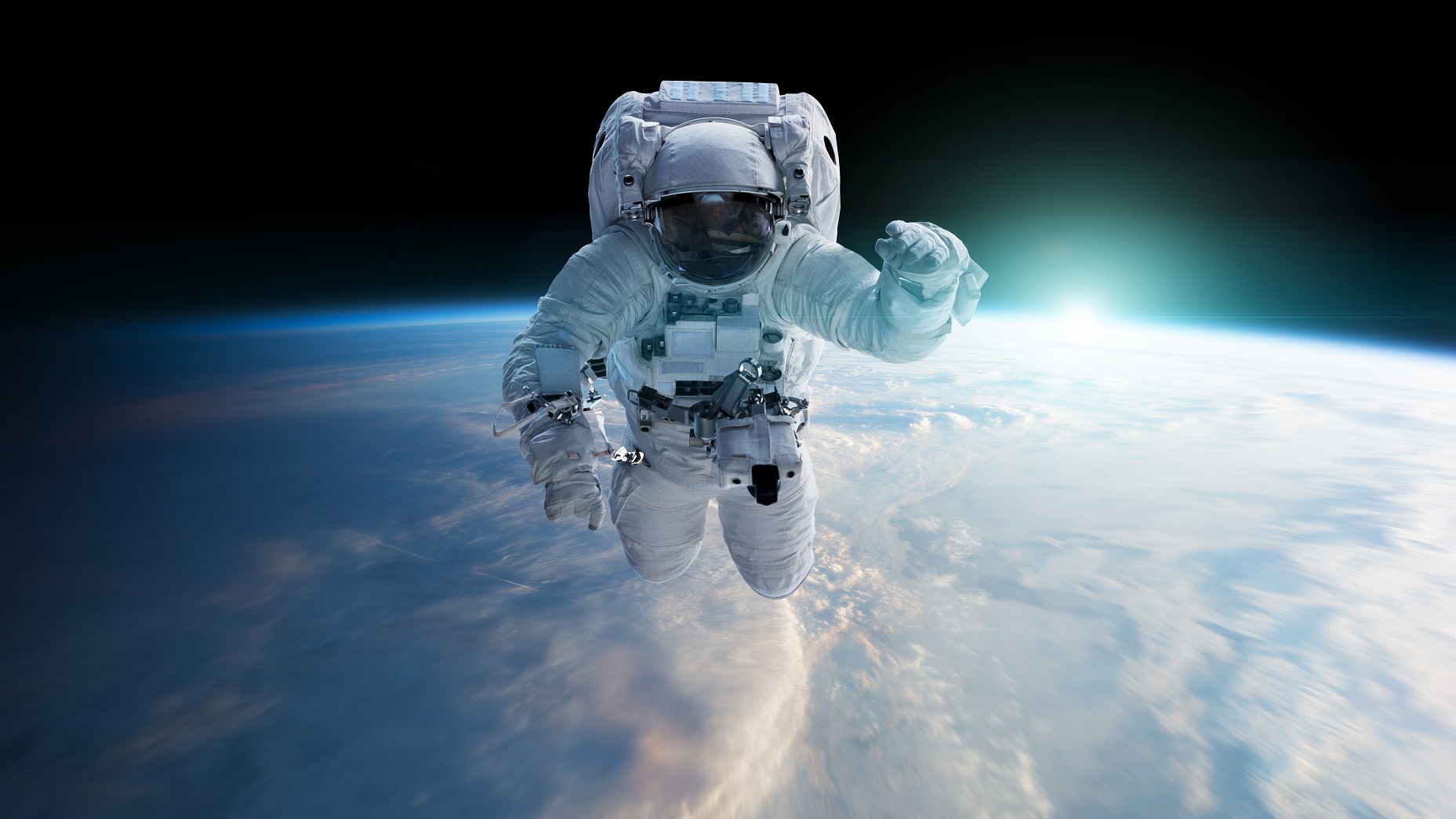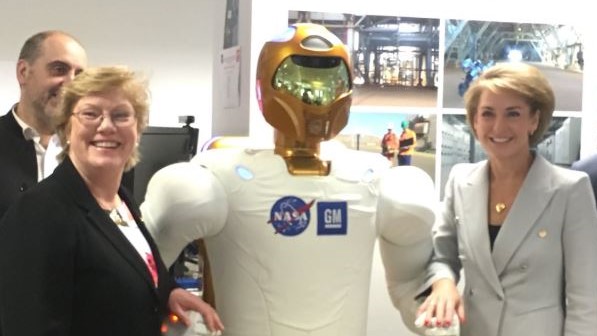Almost 49 years to the day after Neil Armstrong first set foot on the moon, the Hon Michaelia Cash officially opened the Australian Space Agency.
The government’s giant leap marked yet another chapter in the curious case of Australia’s space industry.
But more than five months after the pioneering agency was featured in Scott Morrison’s budget, a plethora of questions remain unanswered.
Where will the agency be officially headquartered?
How many jobs will it deliver to our economy?
Can Australia ever become a genuine player in the global space industry?
And finally, with space industry origins dating back to the 1940s, how is it that Australia was the second last of the 34 OECD (Iceland remains) countries not to have an established space agency?
Golden beginnings
The Woomera Rocket Range.
Established in South Australia in 1947, it was an early shining light not just for Australia, but for global space exploration.
It successfully launched early British warheads and sub-orbital rockets in the 1950s, as well as the first Australian-built sounding rocket in 1957, the 8.2-metre-long ‘Long Tom’.
As the Soviet Union and United States space race heated up through the 1960s, Australia refused to be left behind.
Politically, Australia was an influential foundation member of the United Nations Committee on the Peaceful Use of Outer Space, chairing important forums throughout the 1960s.
To follow, the WRESAT satellite was launched in orbit in 1967, making Australia just the third country to build and launch a satellite.
Even during the historic Apollo 11 moon landing in 1969 Australia was involved, with the 10 minutes of the footage coming through the Honeysuckle Creek antenna in the ACT. The signals received in Australia broadcasted Neil Armstrong to 600 million people around the world.
By 1970, Australia had the most NASA stations outside of the USA.
Cooling down
Australia has never stopped its efforts in space research, rather it’s simply lacked the unified front that comes with a designated space agency.
The CSIRO has delivered space research since opening its division of Radio Physics in the 1940s. It opened its Office of Space Science and Applications (COSSA) in the 1980s (closed in 1996).
Since 1989 it has run the Australian Telescope National Facility (ATNF) which operates astronomy observing facilities at Parkes, Narrabri and other locations.
The CSIRO Astronomy and Space Science (CASS) currently encompasses the agency's space research programs, including the ATNF.
Alongside universities, private companies and not-for-profits like the Space Industry Association of Australia, the CSIRO has helped grow the Australian space industry to what it is today – a $3.9 billion industry that employs around 10,000 people.
To put that in perspective, the global space industry is currently valued between $420 and $490 billion.
But it’s going to grow.
Both Goldman Sachs and Morgan Stanley have predicted the global space economy will reach $US1 trillion by the 2040s.
What is Australia’s role?
The government has openly stated that one of the main directives of the Australian Space Agency is to grow the local space economy to $10-12 billion and deliver an additional 10,000-20,000 new skilled jobs by 2030.
This would still only make up just a slither of the global space pie.
So, if global supremacy isn’t on the radar, what’s the purpose of the government’s $41 million investment?
“It's really to improve the lives of all Australians and I think to inspire Australians about what Australia can really do in the space industry,” said Head of the Australian Space Agency, Dr Megan Clark.
Prior to officially announcing its plans for a space agency, the Australian government commissioned a review of Australia’s space capabilities.
The review found that Australia already has billions of dollars’ worth of existing space-related infrastructure, including world-leading capabilities in satellite data analysis and communications.
What the industry lacked was coordination.
It recommended the agency be responsible for creating a national space industry strategy that leverages existing strengths.
Dr Megan Clark (L) and Michaelia Cash (R) launch the Australian Space Agency in Perth earlier this year. Source: Twitter
Privatisation
“Some may argue that Australia may be late to the party, but we are entering a time where the space sector is moving from the realm of government to the commercial world,” said Clark in her opening address.
And she was right.
The private sector accounts for around three quarters of the current global space economy. In Australia this figure is 88%.
What better example of this is there than Elon Musk’s SpaceX sending a Japanese-billionaire and a handful of his friends on a chartered flight to the moon?
“We want a new space race,” Musk has said.
And that’s what we’re getting.
The World Economic Forum has released its predictions for what the space industry will look like in the 2030s.
Humans on Mars, space tourism, access to minerals – it’s all on the agenda and it will all be underpinned by public-private partnerships.
And this economic and political climate bodes well for Australia.
With the government pledging $41 million over four years, it is clear Australia isn’t planning on creating its own version of NASA.
But the Australian Space Agency can still make its mark on the global space industry and be a part of these exciting future innovations.
Making our mark
One of the first initiatives completed by the space agency has been to ink agreements with the French, Canadian and UK space agencies.
“Forging international partnerships is vital to building Australia’s space industry and ensuring our businesses can compete on the world stage,” said Minister for Industry, Science and Technology, Karen Andrews.
Additionally, partnerships have been established with European manufacturer Airbus and Italian satellite company Sitael.
It has also met with local businesses that want to contribute to Australia’s space economy, with a focus on how space technologies can be used in other sectors.
Andrews recently unveiled the CSIRO's Space: A Roadmap for unlocking future growth opportunities for Australia, which aligns with the space agency's priorities and will be used to inform the strategic direction of Australia's space industry.
“From our factory floors to our farms, a vibrant space industry will unlock opportunities and create jobs for all sorts of businesses,” Andrews said.
As well as harnessing existing research and industrial strengths to support space exploration, the roadmap also states Australia will leverage its position in the southern hemisphere to “further our work with international programs that track objects in space”.
The agency has defined its purpose.
It’s coordinating the local industry, bringing space technology to new sectors and fostering international partnerships, with the hope of propelling local businesses into the global space economy.
The burning question
But even after celebrating its first 100 days of operations, the agency is still without an official headquarters.
A team of about 20 government employees thrown together from other departments currently work out of makeshift headquarters in the Department of Industry’s Civic offices Canberra.
It’s an issue drawing increasing attention, with almost every state and territory having put its hand up to be the home of space in Australia.
Here’s what we know about each state’s space ambition:
South Australia
Premier Steven Marshall is desperate to turn the old Royal Adelaide Hospital (oRAH) into the home of the Australian Space Agency and has launched an official bid to do so. The government has already poured millions into the precinct in its effort to turn the site into an innovation hub – and what else says innovation like a space agency. In its recent budget, the South Australian government optimistically set aside $1 million over the next four years specifically for the space agency, provided it secures the deal. The state also vowed it could set up the agency within six months.
The state already has an established space industry that employs over 800 people and generates more than $300 million. Additionally, Australian NASA astronaut Dr Andy Thomas (who is from Adelaide) has endorsed South Australia for the role, citing its “proud history in space-related endeavours” and “strong advanced manufacturing and technology skill base.”
Victoria
The Victorian government made an official bid for the agency in September. To support its bid, the government released Victoria: The Place for Space, which highlights the state’s strengths in education and research, and its strong start-up sector. Global space-related companies Lockheed Martin, Thales, Boeing and BAE Systems are all currently based in Victoria, helping support the state’s $400 million space industry. The bid supports the agency’s plans to foster public-private partnerships.

Rural Australia could soon be a stepping stone to outer space.
New South Wales
Australia’s first astronaut Dr Paul Scully-Power is the face of NSW’s bid and has been advising the government on how to best develop a local space industry. The Berejiklian government is attempting to secure the agency around its ‘Aerotropolis’ which is being built as part of the new Badgerys Creek airport precinct. Like South Australia and Victoria, NSW has a strong existing space industry, with the government claiming it is home to 40% of Australia’s space industry. The state government has also now established Australia’s first space incubator for start-ups.
Western Australia
WA is relying on its “geographic advantages” in its bid for the agency. A recent report found that the state’s latitude is ideal for space situational awareness, optical communications, astronomy and space applications. The state’s “space-derived services and applications” in mining, agriculture, offshore petroleum and transport are also advantageous, according to the report. West Australian oil and gas company Woodside has already worked with NASA, a collaboration which the government used to boost its bid.
ACT
The nation’s capital is building a case for the makeshift space agency to stay put. ACT Chief Minister Andrew Barr believes Canberra’s existing high concentration of space industry organisations provides a perfect backdrop for the headquarters. As part of his case, he announced an additional $250,000 in funding to the Australian National University’s space testing facilities at Mount Stromlo. The ALP has said it would base the headquarters in Canberra, which could prove decisive if there is no call from the government prior to next year’s federal election.
Queensland
The Queensland government has recently launched an inquiry into its “space race capabilities”, particularly in regional areas. Minister for State Development, Manufacturing, Infrastructure and Planning Cameron Dick has said the government intends “to discover new ways to unlock the economic potential of this emerging industry”, but whether this involves an official bid to house the agency is still unclear. Due to north Queensland’s proximity to the equator, the region is well-suited to hosting rocket launch pads. It could very likely become a hub for the agency without being the official headquarters.
Both Tasmania and the Northern Territory have expressed their interest in capitalising on the establishment of the Australian Space Agency to boost local business. However, it seems unlikely that either will be selected for the site.
When will we know?
The Australian Space Agency has said it will hand the government its recommendation on where it should be headquartered by the end of the year.
Until then, expect to see the bidding war continue.











